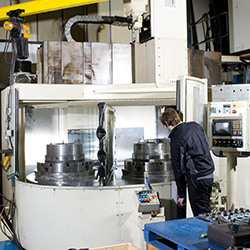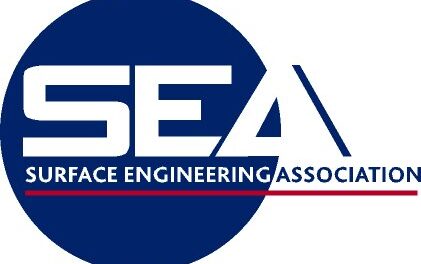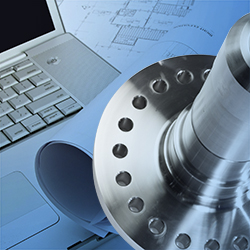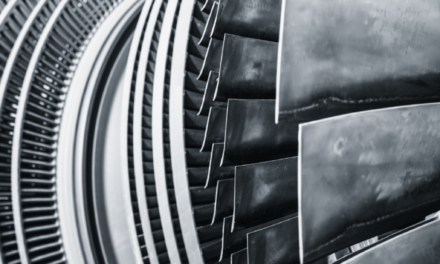When it comes to modern milling, you’ll find there is a wide variety of milling machines and styles to choose from (such as vertical boring mills). Some milling machinery is specifically designed for specialised components. Whereas, others can work with a huge range of general pieces. Most milling machines have been designed to work with heavy-duty materials that can be tough to cut through such as:
- Copper Alloys
- Stainless Steel
- Titanium
Here at PT Engineers, we are proud to offer a range of CNC machining services to ensure complete solutions in precision engineering. Our independent precision CNC machining facility can support many leading industries and blue chip OEMs using industry-leading equipment and technology. One of our most popular services relied on by our clients is our vertical boring. With a fully equipped suite of boring mill machinery, we can offer vertical boring to the highest of standards. So, what is a vertical boring mill and how does it compare to horizontal boring?
How Does A Vertical Boring Mill Work?
The terms ‘horizontal’ and ‘vertical’ are often referred to, when talking about milling machines. These terms essentially refer to the orientation of the cutting tool or spindle on the machine. A spindle is more commonly known as a cutting head. This component is oriented vertically when using a vertical milling machine. There are two common types of vertical mills: a turret, and a bed. Both of which work slightly differently and provide their own individual set of benefits.
Turret Mill
In a turret mill, the spindle stays in its fixed location. This is while the bed part of the machine – which holds the material – moves horizontally or vertically. It has the ability to manipulate the material’s position in both directions. Therefore, a turret mill is incredibly versatile. However, a turret mill is usually limited to smaller pieces of material. This is because, its two-axis movement can be tricky to operate with large pieces of metal.
Bed Mill
A bed mill is only able to move material across a horizontal axis. The spindle is restricted to the vertical axis however it is able to move up and down when required. The spindle movement, combined with the bed’s horizontal movement, means that a bed mill can offer a wide range of shapes and depths when milling. With this in mind, bed mills are much better suited to larger projects which use heavy pieces of material.
Applications and Benefits of Vertical Milling
Vertical and horizontal milling can be used to support many different projects. But, vertical milling has some unique advantages. Vertical milling is perfect for single-side projects such as sinking dies. It can also work with large metal plates. In addition, in some cases is significantly simpler and less complex to navigate internally. This is because a spindle in a vertical boring mill machine does not need to be geared in order to move in different directions.
Vertical Boring At PT Engineers
If you would like to find out more about our vertical boring mill and vertical milling, then get in touch with PT Engineers today. We have plenty of skills and experience under our belts. Therefore, we can use our highly powerful and accurate milling machines to complete your machining work to the highest quality. Explore our website for more information, or call 01788 543661 to speak to a member of our helpful and friendly team.
If you have found this blog helpful, you may wish to read our previous blog on CNC Lathe Machining.





